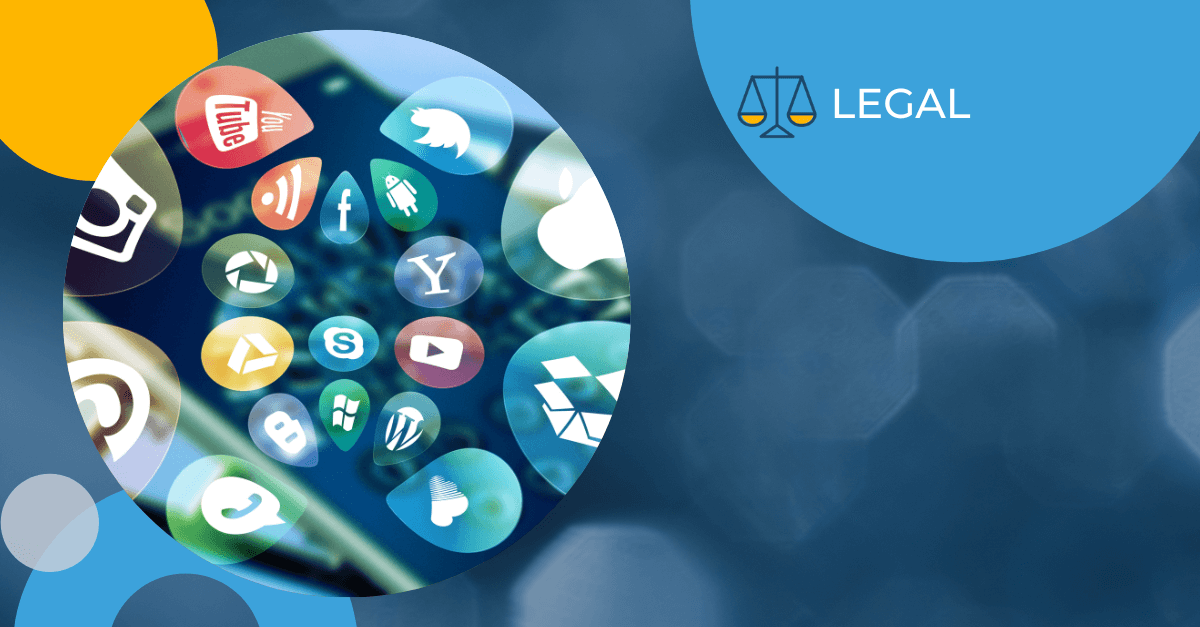Software is everywhere: You’re probably looking at it right now. The onscreen controls you use to operate a software app — known collectively as the “graphic user interface” or GUI — are a critical part of its look and feel, and thus can be an important differentiator in the marketplace. Companies like Samsung, Microsoft and Apple invest considerable resources into the design and function of their GUIs in order to enhance their customers’ user experience/user interface (UX/UI). Yet, despite the time and money involved in creating the perfect GUI, this is a new form of intellectual property, which means that global IP protection remains fluid – and that is a major concern for companies that don’t want their designs to be copied.
Why It’s Complicated
A GUI lies somewhere between visual design and functionality, and this ambiguity is at the core of many countries’ different views. For example, in 2016 the World Intellectual Property Organization (WIPO) distributed a questionnaire to all its member states to learn about their different approaches to protecting GUI, icon and typeface/type font designs.
As you can imagine, a complex and inconsistent assortment of responses came in from the 44 countries and two regional offices (EUIPO and OAPI) that answered the questionnaire – though only one, Cyprus, was not providing any IP protection of any kind.
In addition to the range of global IP protection options available, local oddities can make the process even more frustrating. Under Australian law, for example, design protection is available – but it is limited to the visual features of products “at rest.” For a computer or mobile device, “at rest” means powered off. Any device that is powered off will show nothing onscreen – obviously a non-starter for getting your GUI patent protected.
Top 5 Most Frequently Filed Patent Offices
Since we can’t examine all 44 countries that responded to the WIPO questionnaire in this blog, we decided to focus on the five patent offices that received more than four-fifths of all patent filings in 2016. According to WIPO, they were:
- China (received 42.8% of all patent applications filed in 2016)
- United States (19.4%)
- Japan (10.2%)
- South Korea (6.7%)
- Europe (5.1%)
China
China made GUIs eligible for design patents in May 2014. After an initial boom in applications, however, Chinese IP service CHOFN says it’s become clear just how far short the available protections fall. This is because, under current Chinese law, a patentable design invention can only be registered alongside its associated physical hardware.
IAM media explains, “Article 2 [of China’s Patent Law] provides that China’s design patent protects only designs on physical products. Therefore, pure GUI designs with no hardware are not patentable.” This means that software — and GUIs — that can be run on any computer cannot currently be protected by a design patent. Many IP experts, such as CHOFN, feel disappointed that GUI “is still considered a product with a shape” and believe this law is “based on outdated thought processes.”
United States
In the U.S., a GUI can be protected by a design patent as long as it’s tied to a function. (The function itself is not part of a design patent; function must be registered separately.)
Lauren Dreyer, speaking to TechCrunch, explains, “While the underlying article must have a function (meaning it isn’t a piece of artwork), the design patent protects the ornamental aspects of the design — meaning the design cannot be solely dictated by function.” This is because the function could conceivably be executed via other interfaces, so “a UX/UI design patent would cover the aesthetic, as opposed to the specific functionality, of the experience.”
Japan
Under the Japanese Design Law, GUIs are protected as part of goods. That means GUIs must be connected to physical products and cannot be protected individually. Managing Intellectual Property gives the following example, “If you wish to register a GUI to be used for a digital camera, the title of the design application must be ‘digital camera’.”
As such, GUIs of digital operating systems and apps that run on computers are not currently patentable in Japan. Like China, many feel that the GUI patent eligibility requirements are outdated.
South Korea
In South Korea, a GUI can be protected through a “design right.” Design rights specifically cover website page layouts, app interfaces, and GUIs embedded in mobile devices. The only caveat is that a design right application must show the GUI in context and not as a free-floating design. Icons can also be registered for protection.
Korea’s expansive protection of GUIs is part of perhaps the most up-to-date system for IP protection of modern software inventions among the major IP nations.
Europe
In the European Patent Office (EPO), icons, typefaces, and graphics are not patentable as individual designs – but can be if they perform a technical function. According to the EPO, “Features which specify a mechanism enabling user input, such as entering text, making a selection or submitting a command, are normally considered to make a technical contribution.” On the other hand, “Features concerning the graphic design of a menu (such as its look and feel) which are determined by aesthetic considerations, subjective user preferences, or administrative rules do not contribute to the technical character of a menu-based user interface.”
Tackling Pandora’s virtual box
It’s clear that there’s a global desire to move cautiously in providing IP protection to software-based inventions such as GUIs. As such, patents and design rights for GUIs remain a moving target, with the rules and requirements continually shifting.
Acquiring protection for a GUI internationally requires a nimble approach to filing across different countries with different eligibility requirements. This is where an experienced Language Service Provider (LSP) can provide significant value: International IP experts such as Morningside Translations continuously track evolving IP requirements worldwide to ensure that your filings are appropriate wherever you apply for protection. For help filing or translating your design patent, contact Morningside today.


